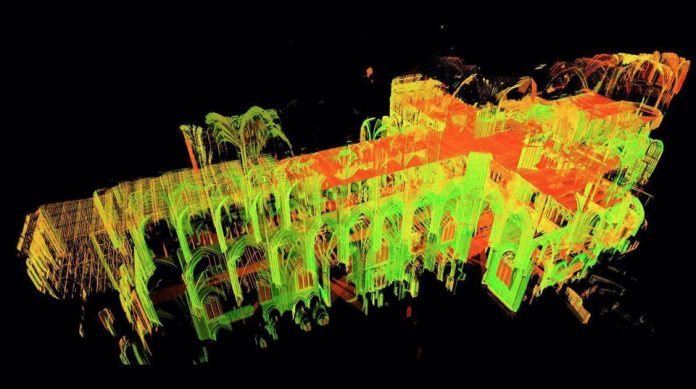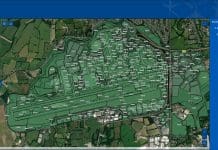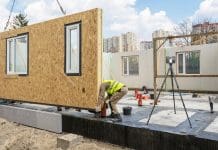Laser scans of Paris’ Notre Dame captured by the late Professor Andrew Tallon could help restore the cathedral which was partially destroyed by a fire on 15 April
Professor Andrew Tallon finished the laser scan of the Notre Dame in 2015. He created rich raw data down to the intricate details, using a mix of laser technology and digital photography.
Columbia art history professor Stephen Murray told ZDNet, “Can it help us rebuild? Yes, it can. I think it’s terribly important.”
According to ZDNet, in 2011, Murray and Tallon, both innovators of digital preservation, co-founded Mapping Gothic France, an open-source project that examined the links between the architectural space of individual buildings, geopolitical space, and the social space between builders and users.
Tallon mapped the cathedral using tripod-mounted laser scanners, which scan the surrounding three-dimensional area by sending out laser beam sweeps. The device then measured the distance between every point the laser hits and the device itself, allowing for the rebuilding of Notre Dame with an accuracy of 5 millimetres, according to Forbes.com.
He then used panoramic photographs of the same locations mapped by lasers to overlay aesthetic detail, which allowed Tallon to create a replica that was not only accurate in dimension but in physical appearance.
Tallon’s work was also able to create not only a copy of how the cathedral looked in the present, but also how it changed over time.
It is thought Professor Andrew Tallon’s laser scan work will help tremendously in aiding the reconstruction of the damaged building.

















